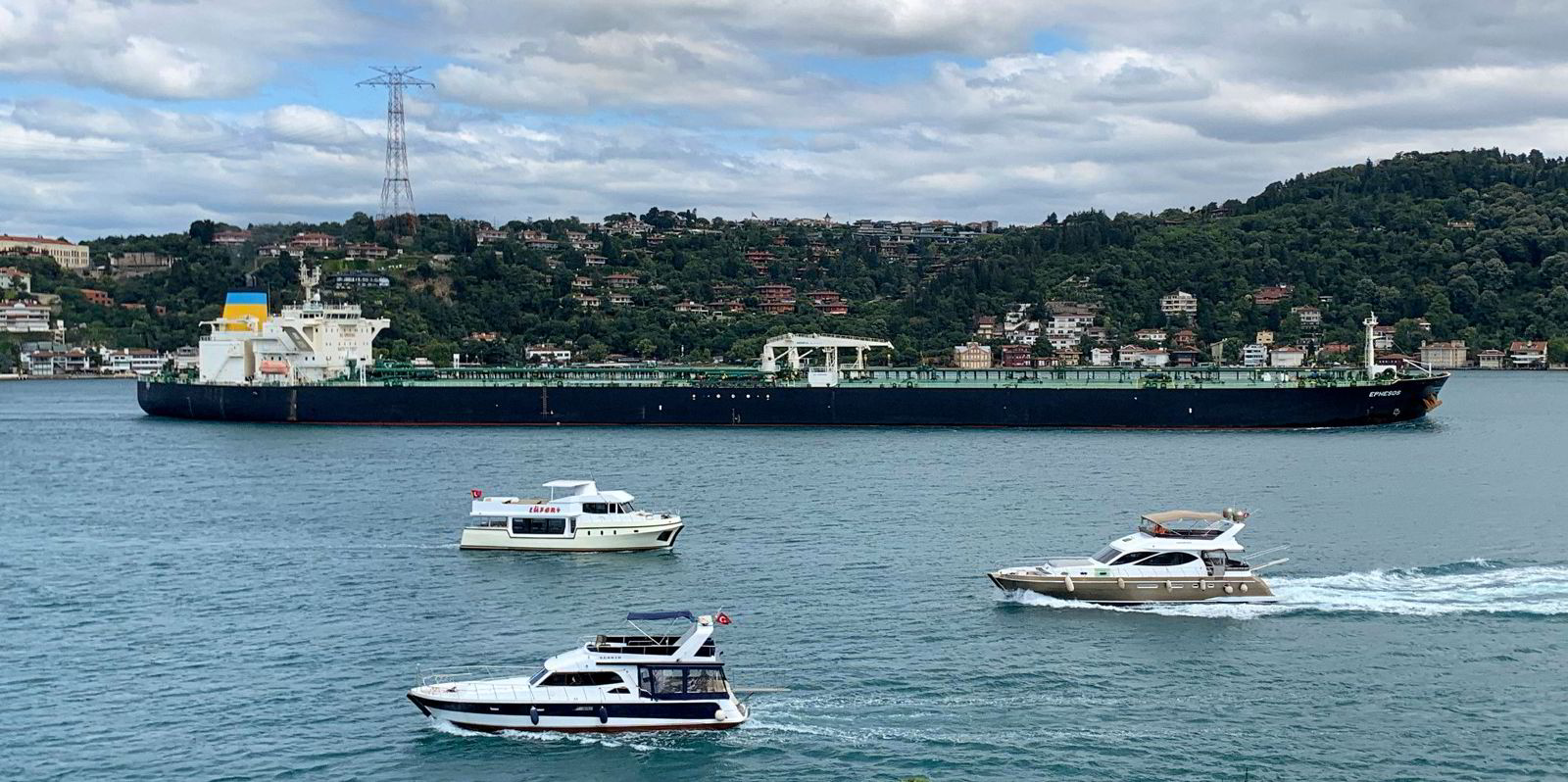With a bleak outlook for tankers as we approach the end of the year and moving forward into the first quarter, recent figures coming out of China are presenting some hope for the weak tanker market.
The main economic indicators from Beijing are pointing to a recovery and crude oil imports that have exceeded expectations are key to sustaining the tanker trade as Europe enters fresh lockdowns, putting further pressure on demand.
Traditionally at this time of year, energy demand from the northern hemisphere during the winter period would lend support to the tanker markets, but this has dropped off significantly as the Covid-19 pandemic continues to impact demand.
Tanker rates are now below break-even levels and the forward freight agreement market continues to trend downwards. In the period market, VLCC time-charter rates have plunged 49% from the same period last year to an average for October of $26,688 per day pro rata for a one-year and this trend is echoed throughout the clean and the dirty tanker markets, across all periods.
As the usual fourth-quarter spike becomes ever more elusive, and with demand from the West dwindling, stimulus measures from China put in place earlier this year along with speculative buying while prices remain low, continue to sustain demand for oil and for tankers.
Benchmark data from China is signalling a strong recovery with third-quarter GDP growth of 4.9% compared to the same quarter last year.
Although this figure is just under the 5.2% originally predicted, this is a sign of considerable progression following the economic slump seen at the start of 2020 when news of the pandemic first emerged.
China’s trade figures for September indicate a strong recovery with crude imports growing and China’s Caixin Manufacturing PMI index has continued to rise after falling off a cliff in January. October figures rose to a near decade high of 53.6, where a reading over 50 indicates an expansion of the manufacturing sector.
Steadily rising imports
Imports to China have risen steadily since 2019. Data from the General Administration of Customs People’s republic of China (GACC) shows that September crude oil imports were up from last year by 17.5% and for the first three quarters of the year this figure was up by 14.5% from 2019 levels.
However, October imports saw a drop for the first time since April as state-owned refineries have built up high inventories and similarly the independent refiners used their import quotas much quicker than last year, both taking advantage of the low crude prices and buying speculatively.
It is possible that this factor will also impact November imports but as China recovers it will continue to build up reserves of energy and raw materials in the near future.
At the beginning of November, the China Commerce Ministry announced that it will raise its non-state crude oil import quota for 2021 by 20% year-on-year to 243m tonnes.
This increase in quotas comes after a series of domestic private refinery expansions.
Rongsheng has begun trials at its Zhejiang refinery that will double its capacity to 800,000 bpd and is scheduled to start trials in 2021. In preparation for the launch of its greenfield 320,000 bpd refinery in 2022, Shenghong Petrochemical may also begin purchasing crude oil mid-2021.
Zhejiang Rongsheng Holding has reportedly entered into a contract to build at least 10 VLCCs in a joint venture with CSSC Shipbuilding with the potential to build 30 ships in total that would transport crude from the middle east to China in order to supply the increased refinery capacity.
The short-term outlook for tankers remains gloomy, despite recent news of an effective Covid-19 vaccine from Pfizer, the general sentiment is that markets will recover straight away.
As the latest Oil Market Report from the International Energy Agency explains, it is too soon to know how and when vaccines will allow normal life will resume and, therefore, their forecasts do not anticipate a significant impact for the first half of 2021.
This reiterates the importance of demand from China and with a near-constant flow of positive indicators signalling a recovery, this should maintain a level demand for crude imports.
Rebecca Galanopoulos Jones is head of research at Alibra Shipping.







